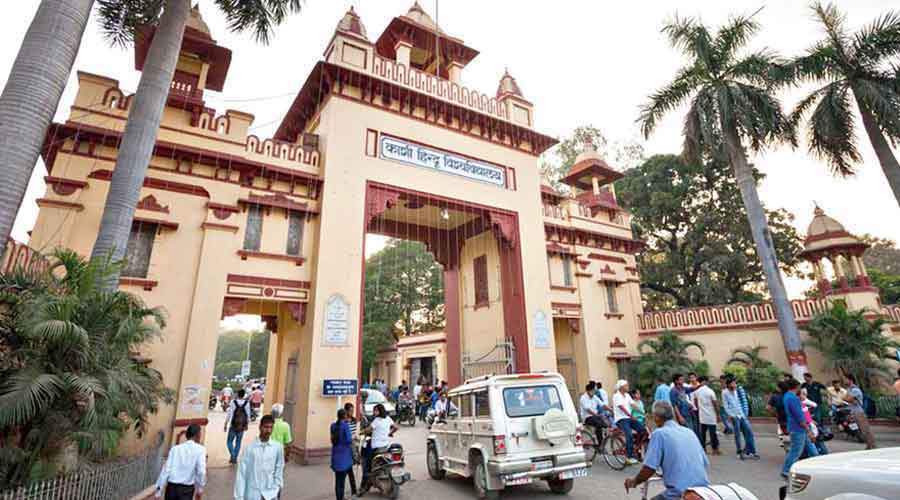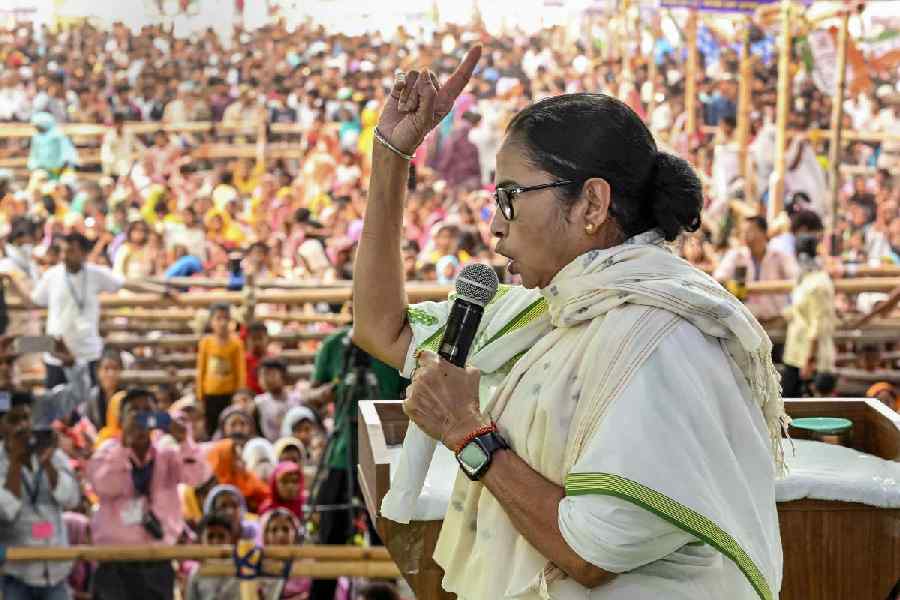Banaras Hindu University is researching the continuing “applicability” of the Manusmriti, which codified what became the caste system and gave women the status of family property, with government funds earmarked for worldclass academic projects. Some academics questioned the objective of the study — “Applicability of the Manusmriti in Indian society” — saying the crystallisation of social barriers that the Manusmriti represents reflects a regressive system that has no place in modern society.
Shankar Kumar Mishra, principal investigator of the research project, is head of the department of Dharmashastra Mimansa at BHU.
The Manusmriti is already part of the department’s academic courses that involve the study of ancient Indian scriptures.
Mishra told The Telegraph that many of the Manusmriti’s prescriptions were relevant even today while some were not, and that the study intended to distinguish between them.
He said the university had sanctioned the project from the funds received under the Centre’s Institution of Eminence scheme, which provides research-and-development grants of up to Rs 1,000 crore to each of 10 select public-funded institutions. Many studies have traced the caste system to Hindu scriptures such as the Manusmriti.
Among them is “The Continuing Practice of Untouchability in India: Patterns and Mitigating Influences” by Amit Thorat from JNU and Omkar Joshi from the University of Maryland.
Thorat and Joshi say the Manusmriti codified the caste order, preserving the right to education and resources for the upper castes and forcing the lower-caste Shudras and the outcaste Ati Shudras to serve the upper castes. It projected women as properties of their families.
A JNU professor of the social sciences who did not want to be named said: “The Manusmriti’s prescriptions have no place in modern society. Some institutions are, regrettably, conducting research to find a (continuing) relevance to them. It seems an effort to enforce a regressive social order.”
Mishra defended the study project. “Criticism of the Manusmriti comes from limited knowledge about the scriptures. Whatever has been said (in the scriptures) has a context to it,” he told The Telegraph.
“Our research will study the prescriptions in context, present them in language that common people can understand, and suggest which prescriptions are relevant today.”
Mishra cited a verse from the Manusmriti about women — “Na stree swatantreyam arhati” — which means a woman should not be allowed to live independently.
“If you study the context, it is relevant even today. It talks about women who have no children or husband. Such women need the support of the family; they cannot be allowed to fend for themselves,” Mishra said.
Another contentious prescription allows a man to remarry if his wife fails to give birth to a child. Mishra said the sanction came with a condition: the permission of the existing wife.
“If the woman (wife) allows it, the man can marry another person. Similarly, it is said that if a wife has any disease, the man may not stay with her. This is problematic in the present-day context. Our research will also highlight the prescriptions that are problematic,” Mishra said.
He defended the role the Manusmriti assigns to women — taking care of household chores, children, and relations.
“Dharma is important. Everybody should do their duty. A person’s duty is related to the four Varnas and four Ashramas — Brahmacharya, Grhastha, Vanaprastha and Sanyas. All the social problems today are because of departures from duty,” Mishra said.
On the Manusmriti’s rigidification of endogamy, Sharma said it allowed the descendants of Varna Sankaras — children of marriages between an upper caste and a lower caste — to improve their Varna status in the fifth generation through good conduct.
“What is important is good karma,” Mishra said.
He quoted another Manusmriti verse — “Janmana jayate Shudra shankrit Dwija uchyate” — which he said means that everybody is born a Shudra but can become an enlightened person through purification, enrichment and education.
“Dwija” means “twice born” and is commonly used to denote a Brahmin.
“For me, a Shudra means a person who has no knowledge. It should not be linked to any caste,” Mishra said.











